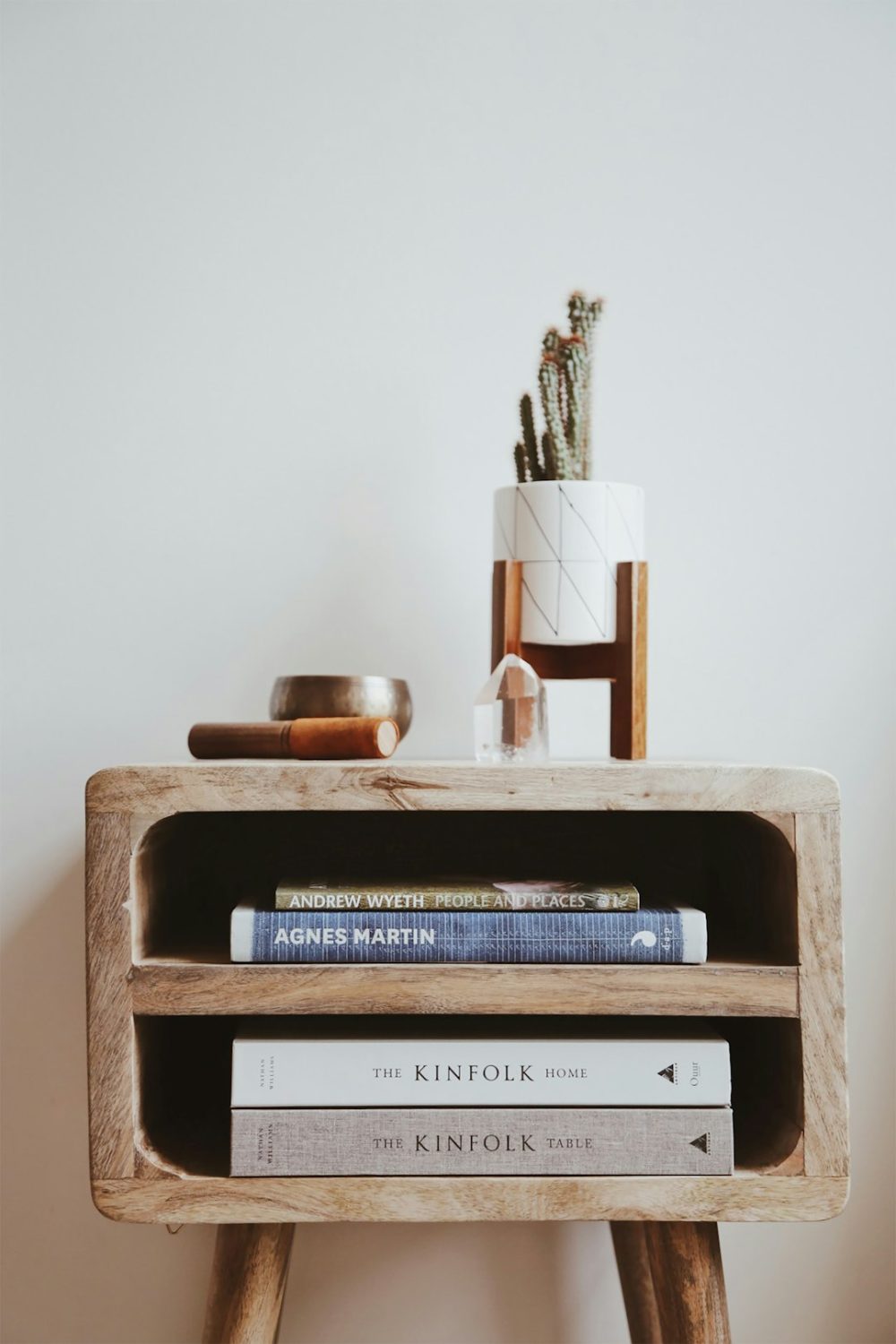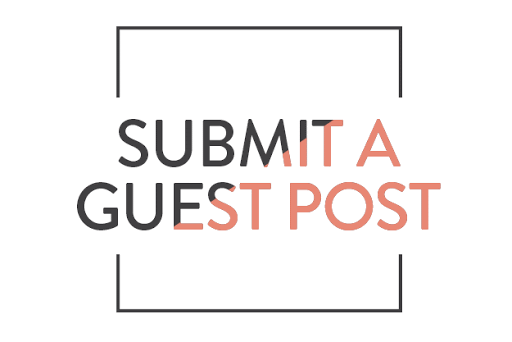When it comes to visual communication, flyer design plays a pivotal role in attracting attention and delivering a message effectively. One of the most powerful tools in the arsenal of any graphic designer is typography. More than simply arranging text, typography is about crafting a visual language that resonates with the audience. It can set the tone, guide the reader, and ultimately, make or break the success of a flyer.
The Role of Typography in Flyer Design
Typography is not just about choosing a stylish font; it involves a series of critical design decisions such as size, weight, hierarchy, spacing, and alignment. When used strategically, these typographic elements can enhance the flyer’s visual appeal and effectiveness in several ways:
1. Establishing Hierarchy
A well-designed flyer usually contains multiple layers of information. Typography can guide the reader by creating a clear hierarchy. For example, the headline might use a bold and large typeface, while supporting information uses a smaller, lighter font. This helps the viewer absorb the message in a logical order.
[ai-img]typography, flyer, design, headline, hierarchy[/ai-img]
2. Conveying Emotion and Personality
Fonts have personalities. A script font might convey elegance, while a bold sans-serif might suggest strength and modernity. Choosing the right typeface allows designers to align the flyer’s look with the intended emotional tone. Whether it’s a festive event, a corporate meeting, or a hip concert, typography helps set the mood.
3. Enhancing Readability and Legibility
No matter how visually appealing a flyer is, if people can’t read it, it fails in its purpose. Proper use of typography ensures that text remains readable even from a distance. This includes selecting the right font size, line spacing, and color contrast. Flyers with poor legibility often lose viewer engagement quickly.
Best Practices for Using Typography in Flyers
- Limit the number of fonts: Use no more than two or three typefaces in a single flyer to maintain consistency and avoid visual clutter.
- Use contrasting type styles: Pairing a bold header font with a clean body font helps create distinction and flow.
- Pay attention to alignment: Left-aligned text is generally easier to read and offers a clean layout structure.
- Adjust line spacing and kerning: Proper spacing makes long blocks of text easier to read and aesthetically pleasing.
- Maintain color harmony: Ensure that text colors align with the overall color scheme of the flyer to enhance visibility and unity.
[ai-img]flyer, design, fonts, spacing, color harmony[/ai-img]
The Typographic Message
Typography is not merely decoration—it’s a messaging tool. The type choices can subtly suggest quality, urgency, seriousness, or fun. For instance, a luxury spa might opt for a refined serif font with ample white space to communicate calm and elegance, while a music event flyer might rely on bold, vibrant letters that pop with energy and movement.
Incorporating typographic elements that align with the brand or event identity strengthens the flyer’s overall message. Additionally, creative use of typography—like integrating text and images—can make the flyer more dynamic and memorable.
Conclusion
Typography greatly influences how a flyer communicates its message. Through careful font selection, clear hierarchy, and consistent design, designers can craft flyers that are not only visually appealing but also functionally effective. Investing attention in typography is not just a stylistic choice—it’s a strategic one that supports good design and strong communication.
FAQs
- Q: How many fonts should I use in a flyer design?
- A: It’s best to limit your design to two or three fonts. Too many fonts can make the flyer look cluttered and unprofessional.
- Q: What’s the best font size for flyer text?
- A: Headlines typically range from 20-48 pt, subheadings from 14-24 pt, and body text from 10-14 pt. Adjust this depending on viewing distance and content type.
- Q: Can I use decorative fonts in my flyer?
- A: Yes, but sparingly. Use decorative fonts for headlines or short bursts of text. Avoid using them for body paragraphs as they can be difficult to read.
- Q: Why is typography important in marketing flyers?
- A: Typography captures attention, creates emotion, and conveys information clearly. It can increase your flyer’s effectiveness in grabbing and retaining reader interest.


